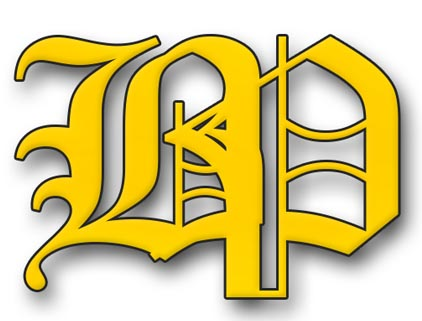A defining moment for country’s leather industry

Bangladesh’s decision to temporarily lift the 35-year-old ban on the export of raw and wet-blue hides marks a significant moment for the country’s leather sector. But it exposes deep-rooted tensions between tannery owners and rawhide traders although the move aims to ensure fair rawhide pricing and raise export competitiveness. At stake is the future of an industry that has long been considered one of the country’s most promising export earners after garments.
The management’s basis is rooted in economic fairness. For years, seasonal collectors and rawhide traders—specifically during Eid-ul-Azha—have suffered from artificially depressed prices, often blamed on tannery owners and syndicates who delay procurement and payments. The decision to permit raw and semi-processed hide exports until August 25 aims to introduce competitive pressure, break market manipulation and ensure that hide gatherers receive fair market value.
Supporters, like the Bangladesh Hide and Skin Merchant Association, argue that this export option will unlock demand, diminish wastes and offer relief to traders burdened by unsold records. With wet-blue hides having a projection life of over two years, the export flexibility also opens an applied window to clear backlogs and inject liquidity into the sector.
However, strong opposition from the Bangladesh Tanners' Association (BTA) emphasises actual concern. Tannery owners warn that exporting raw and semi-processed hides may undermine domestic processing industries, which have received billions in investments and support over decades. These facilities add important value to raw materials, create employment and support leather goods manufacturing—a main export sector.
Commerce Adviser Sheikh Bashiruddin
has promised policy support, comprising
setting fair prices and ensuring transparent
market mechanism. This commitment is
welcome, but must turn into action
The industry’s export trajectory adds burden to their concern. Leather and leather goods exports fell to $961.49 million In FY 2022–23—down from a peak of $1.13 billion in FY 2014–15. The major segments such as leather footwear declined sharply by nearly 26 percent although the July 2024–March 2025 period saw an uncertain 9.89 percent year-on-year recovery.
One of the business’s most critical challenges is the lack of Leather Working Group (LWG) certification among the country’s most tanneries. This failure prevents access to high-value global markets and seemingly results in annual revenue losses of up to $500 million. With no urgent upgrades in environmental compliance, workers’ safety and traceability standards, the country risks losing ground to competitors such as Vietnam and India.
Commerce Adviser Sheikh Bashiruddin has promised policy support, comprising setting fair prices and ensuring transparent market mechanism. This commitment is welcome, but must turn into action. A temporary export window is not a solution—it is a signal. If appropriately managed, it could reveal inefficiencies, reset pricing norms and underline the need for controlling reform.
What the industry needs now is a unified roadmap. This includes modernising tanneries, fast-tracking LWG certification and making a level playing field for all actors—traders, processors and exporters.
The country must not choose between temporary relief and long-term growth. It must pursue both. Only through comprehensive reform and strategic vision may the leather sector regain momentum and emerge as a competitive force globally.



